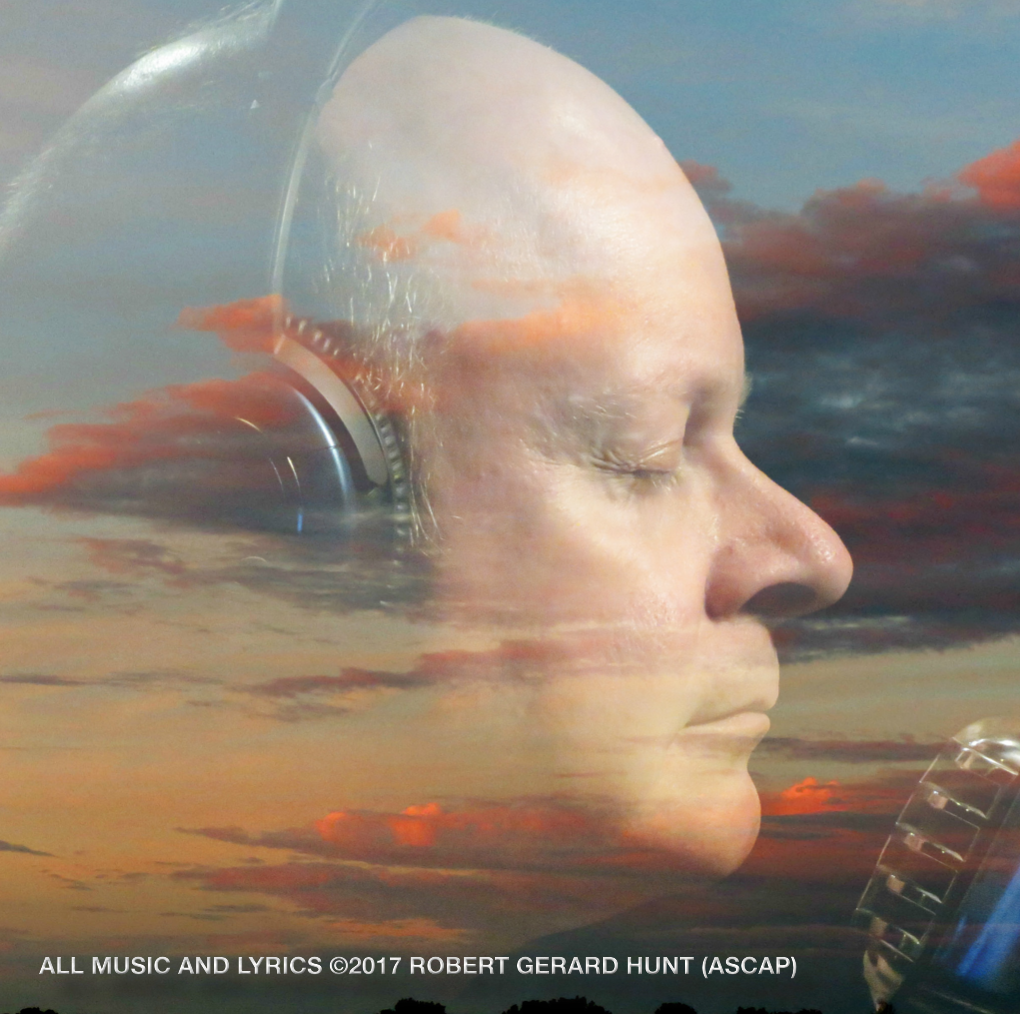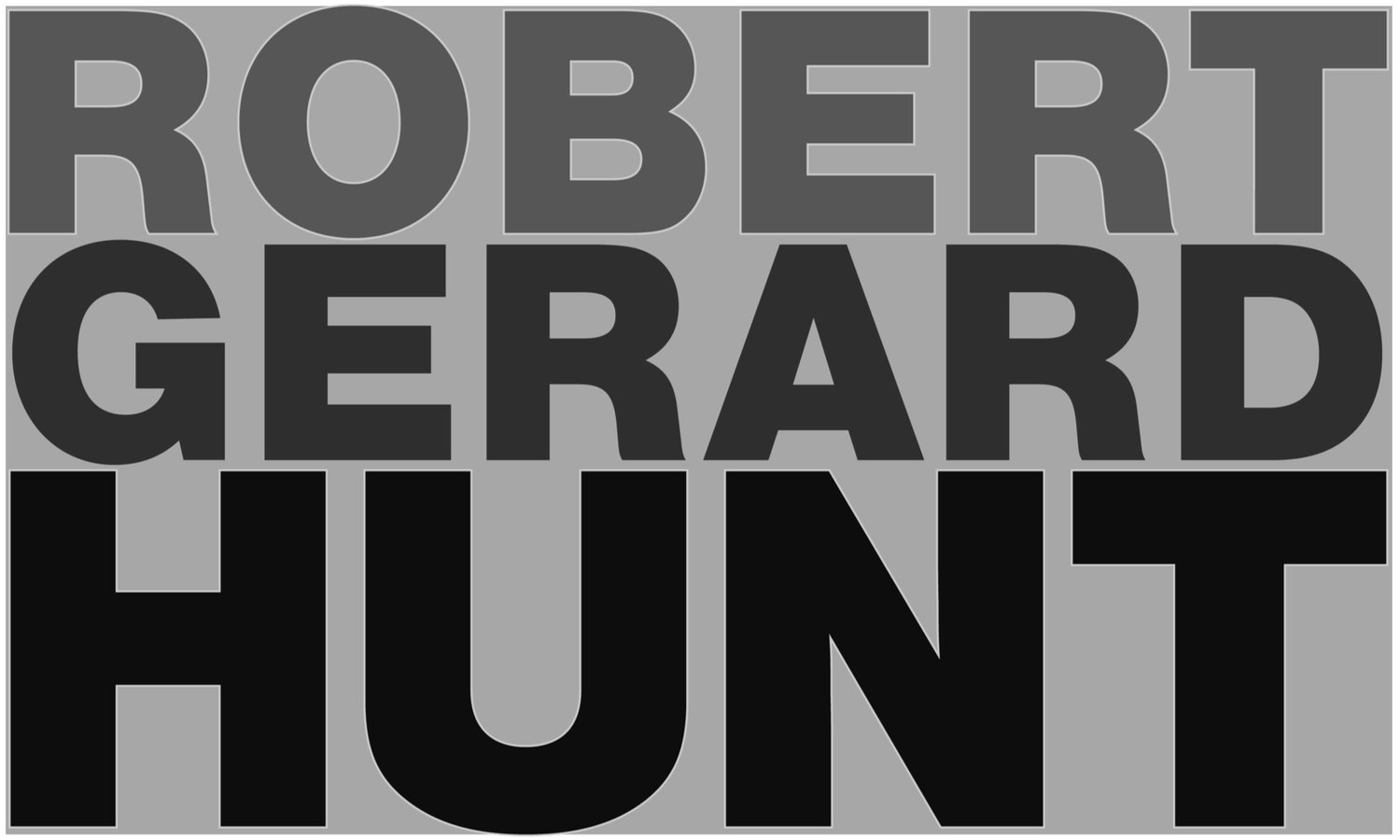FLATLAND
An autobiographical reminiscence of growing up in Lima, Ohio.
The album
“I think you don’t realize just how much you’ve been shaped by your hometown until you move away from it and tap into a wider world. As I look back at the small town where I grew up, I am fascinated by the many different paths chosen by my peers. Who got out of Dodge at the first opportunity? Who opted to stay? Who rebuked their education, and who embraced tradition? How many of us remain pretty much the same as we always were, and how many have changed beyond recognition? As it turns out, we’re all over the map, figuratively and literally.
Flatland works on a lot of different levels. Lima is part of that heavily glaciated portion of Ohio that seems almost devoid of topography: miles and miles of level ground. Then there are references to Edwin Abbott’s classic geometry fantasy, Flatland. Just as the two-dimensional inhabitants of Abbott’s invention are confused by the sudden appearance and disappearance of hitherto unknown visitors from the third dimension, so is my narrator puzzled: I’ve seen things I can’t explain. Some folks vanish, some remain. Something strange is going down in Flatland. But it’s easy to paint the town with a broad brush. Visitors might be forgiven for assuming a political and religious homogeneity throughout my hometown. In fact, Lima is a complicated place, not a Flatland at all.”
The songs
“Oh, we’re chock-full of meaning in our opening track! The initial sound effect of birdsong and rural traffic was recorded from within a small cemetery along Route 117, a main artery connecting Lima to Route 33, which leads to my adopted city of Columbus. The sound effect at the end was recorded in the driveway of the house in which I was raised - in addition to the mournful horn of a distant train, you can hear the roar of a nearby trash truck! Trains and Lima, by the way, have always been connected in my mind, and the harmonies of the “FLATLAAAAND!” refrain are arranged with intervals that mimic those of the area train horns. The recurring synthesizer theme and its expansion in the middle section are inversions and reversals of “On, Wisconsin!” which also happens to be the fight song of my Catholic high school alma mater. “You can say you never saw it comin’ over the shifting sands, but the signs were there all along Flatland” refers to what in hindsight appears to be the inevitable outcome of the 2016 election; there were Trump signs all along Route 117.”
1) FLATLAND
2) WHO KILLED LITTLE BOBBY?
“The title was inspired by the infamous Leopold and Loeb thrill-kill murder of adolescent Bobby Franks in 1924, but the title character is obviously me. I was thinking about how much I changed from an essentially carefree and unselfconsciously expressive younger boy to a neurotic and repressed older boy (the two extremes struggle against each other to this day). “Where’s the body?” infers that perhaps there wasn’t a murder after all. But of course there was. ‘Who killed little Bobby?’ Why, we all did.”
3) LOCK HER UP
“Much to the shaking of my head in disappointment, many Ohioans joined in the Hillary Clinton-bashing chants of “Lock her up!” that erupted during Trump rallies. So there’s that. But this song was primarily inspired by a letter from a conservative Christian college that wanted our daughter to enroll. Or rather, that wanted me to enroll her, as the letter was addressed to me! The letter boasted about their binding moral clause that prohibited all the sorts of things you might think would be prohibited by a conservative Christian college. I saw it as the antithesis of education. You would send your daughter to that school if you didn’t want her to evolve in any way, and especially if you didn’t want her to even think about questioning her religious beliefs.”
4) I COULD HAVE LOVED YOU
“Ah, love. To paraphrase Michael Jackson, I wasn’t like the other boys (though perhaps not in the sense that Michael intended). I never, ever, wanted to get to know a girl so that I could ultimately become intimate with her, no matter how attractive I found her. No, I was a closeted romantic, and from the day I discovered that hey, there is something really appealing about girls in general, I was in search of not a girlfriend but rather a life partner. It’s true! I just didn’t see the point of casual or serial dating, especially the habits of young people who would maintain a stable of recurring partners. This intensity of mine probably would have scared the bejeezus out of any girl in her right mind, but my extreme discernment coupled with advanced introversion prevented me from ever actually going out on a bona-fide, we-are-in-love date until I was in college. Consequently, I recall my adolescence as a series of, well, not missed opportunities, but for heaven’s sake, if I had just opened my mouth and politely admitted my admiration to anyone, and shown genuine enthusiasm for her interest and welfare, who knows? I might have known what it was like to have a girlfriend before I met my future wife!”
5) RED SUMMER SKIES
“An iconic image of my childhood. I’m forever recalling myself at sunset on a summer evening, riding a bike along the sidewalk or playing on the swings in a friend’s back yard. A metaphor for lost freedom, perhaps? Hard to say. The opening poem is excerpted from “I Remember, I Remember,” a poem by Thomas Hood (1798 - 1845).”
6) COLONEL MUSTARD BLUES
“Man, I wanted an electric guitar when I was a teenager. Of course, I couldn’t be bothered to get a job to actually earn the money to buy one, and so I did without. Much later, well into adulthood, I purchased a used 1987 Fender Telecaster with a blonde finish that looked a bit mustardy to me. Naturally, I dubbed my new guitar Colonel Mustard. The ol’ Colonel has had his share of being played and being ignored, and this song imagines his bluesy complaints if only he could tell me just what he thinks about his fumble-fingered owner.”
7) STARDUST MADELEINE
“My brother and I took childhood piano lessons from Madelon O’Neill, who taught from a baby grand in her front room underneath a stucco ceiling that sparkled with a coating of golden glitter. When I waited for my brother’s lesson to finish, I often rested my head on the back of the sofa and stared at that ceiling with unfocused eyes, causing it to expand into an infinite universe. And that is precisely what this song is about.
There’s a little in-joke, too. The recurring Latin theme is a rearranged motif from a childhood composition of mine that my brother absolutely hated (mainly due to the relentless frequency with which I played it). Those descending octaves at the end are from the same piece.”
8) LAST SUMMER
“It wasn’t until the EYES ON ME album that I felt comfortable with publicly acknowledging my experiences with depression and anxiety, but this song and the next are all about it. In 2016, my dad came very close to dying, so close that everyone was summoned to his hospital room from near and far. Amazingly, he survived for another six years. In the summer of 2017, as I was writing this album, I was well aware of the mental health challenges that awaited me in the fall due to a convergence of factors related to my job as an elementary school teacher. In fact, I was already afraid that I was about to meet my match. At the same time, none of us in the family expected Dad to live a whole lot longer, maybe not even through the year. So despite its breezy nature and unspecific lyrics, this is a song about Dad and me, and what I feared might be the last summer for both of us.”
9) I DIDN’T DO IT FOR YOU
“A song about the guilt that accompanied the chronic, recurring suicidal ideation that plagued me for two decades. You look at those who love you and all of your favorable circumstances, and you feel terrible that you keep thinking about ending your own life. Persevering becomes its own form of love. I didn’t do it - didn't commit suicide - for you.
The song is bracketed by the sounds of Lima train horns and a passing car, all recorded overnight from the attic bedroom of my childhood home.”
10) LIMA BOYS
“After a pair of songs with deep emotional resonance for me, personally, it’s time to end on a high note. There really was a group called The Lima Boys, an informal, flexible, house-jamming band composed of my three older brothers and their friends. It was just a bunch of guys getting together and playing some tunes on a lark of an evening now and then, but I thought it was the coolest thing ever. This song is about that and also touches on the pervasive racial segregation of Lima that has its roots in housing patterns established during The Great Migration, when Black southerners were hired to work the oil refinery and were quartered in the south end of town. When I was growing up, that end of town still had a decrepit building with a faded bar sign reading “Rufus’ Club Mozambique.” Hence the opening stanza: Crowded in a cracker box to lay it down unique, somewhere to the Great White North of Rufus Mozambique.
The Lima Boys played a number of funk and R&B songs, including The Commodores’ “Brickhouse,” the appropriately all-white Ohio band Wild Cherry’s “Play That Funky Music,” and Kool and the Gang’s “Celebration,” which is quoted at the end of the trumpet solo. The synthesizer line under that trumpet solo is based on a legendary bass riff from the also-legendary Joe Frizz. Also quoted as the foundation of the middle section and outro is “The Grunt Song,” a Lima Boys original. And everyone name-checked in that spoken roll-call is real, including my brother Brian and our twin brothers Richard and David: Big Bri and the Gemini!”
The video
The liner notes

The unused stuff
Original concept art
